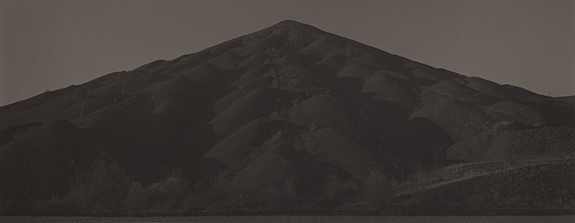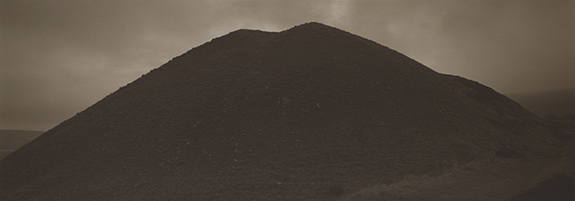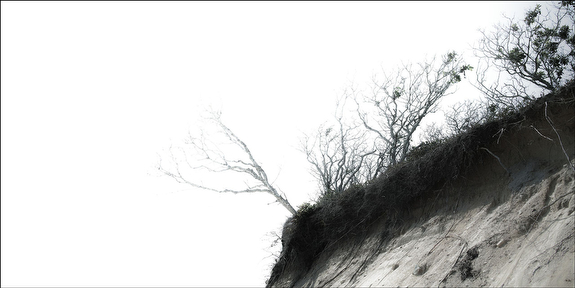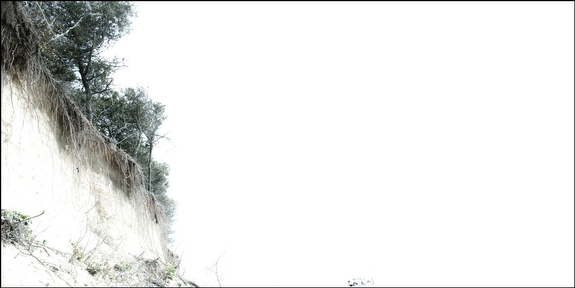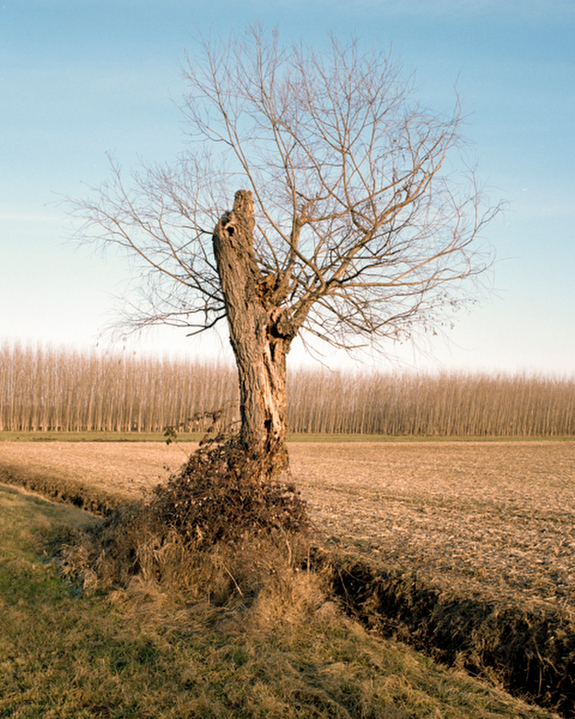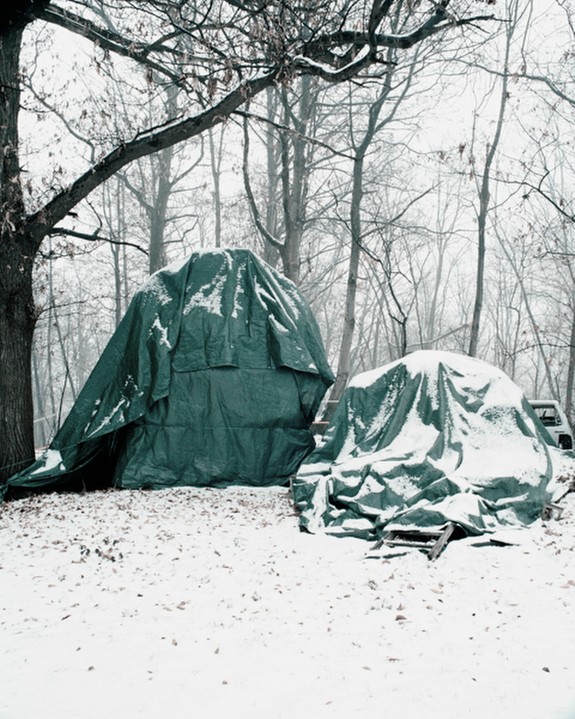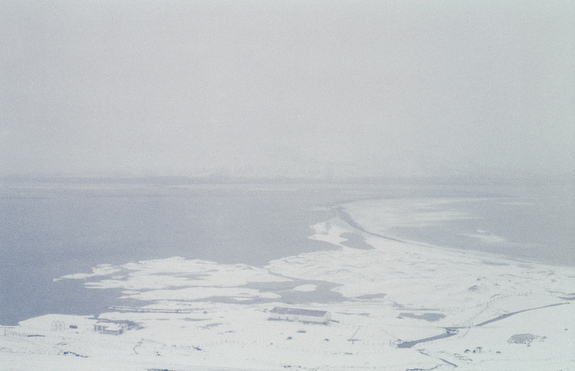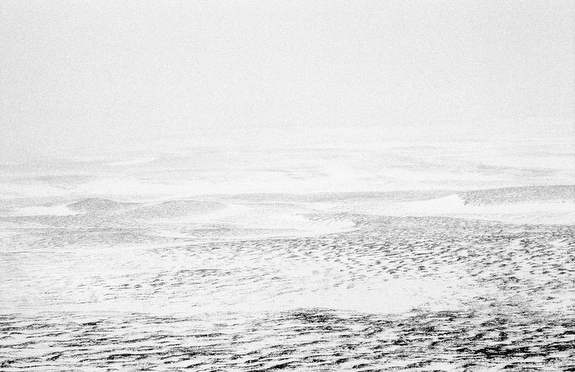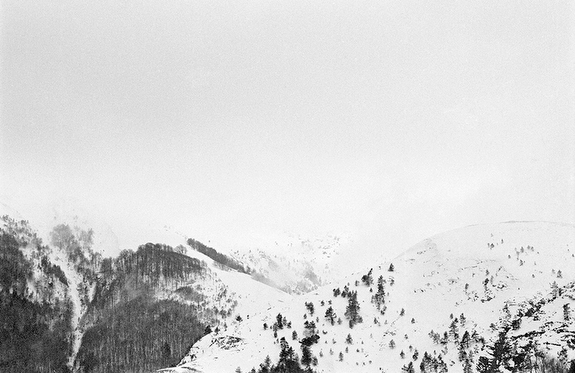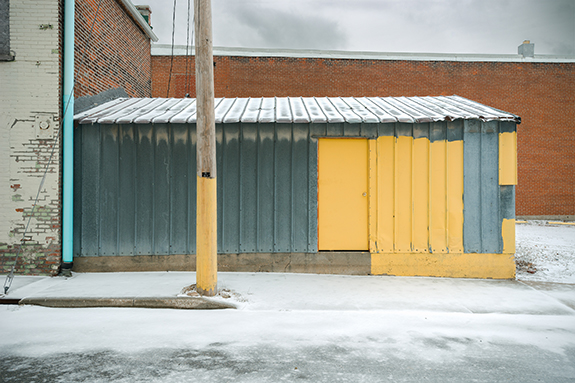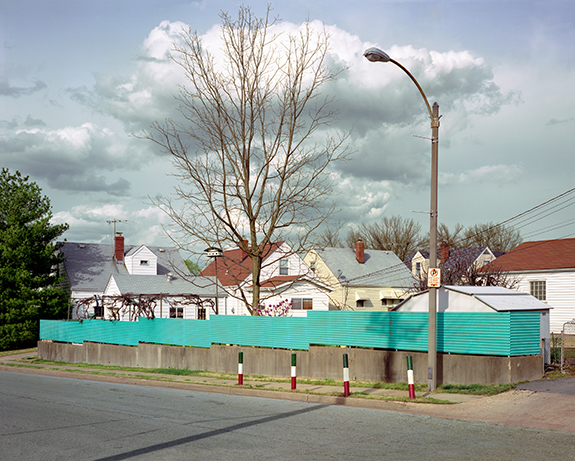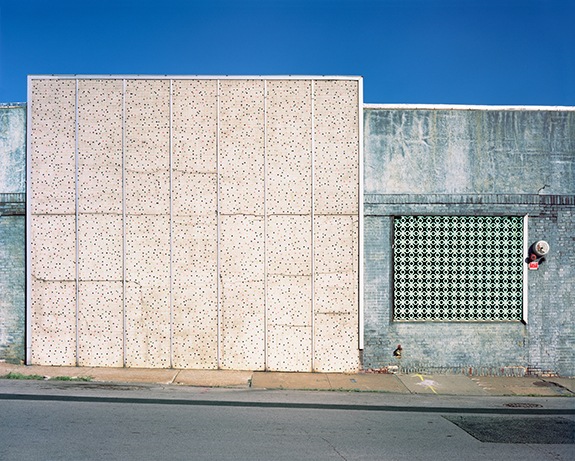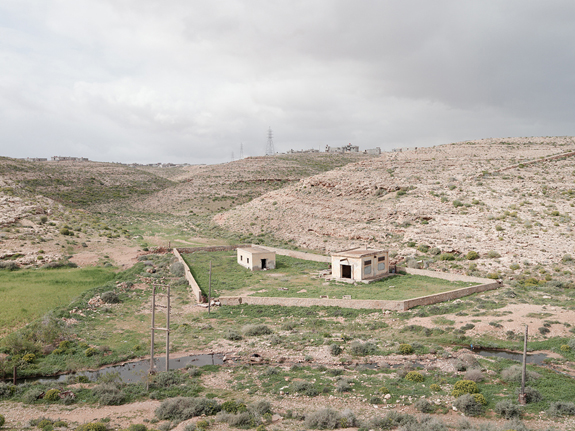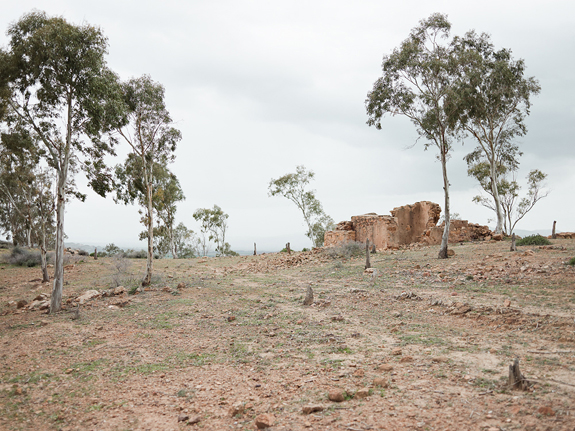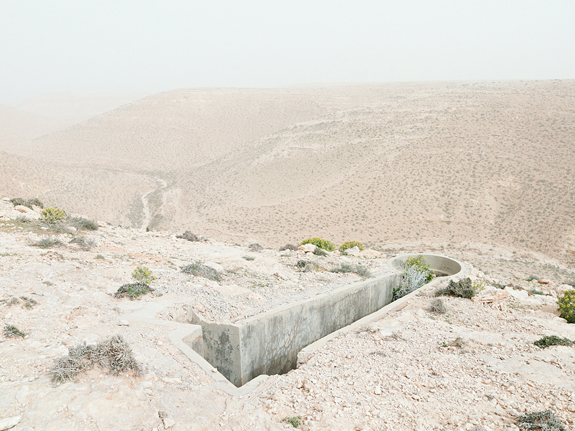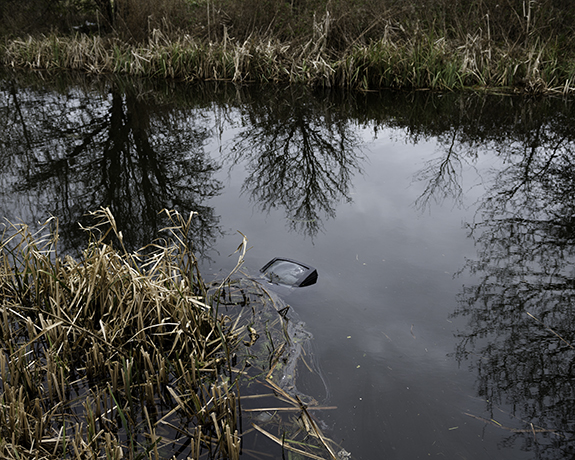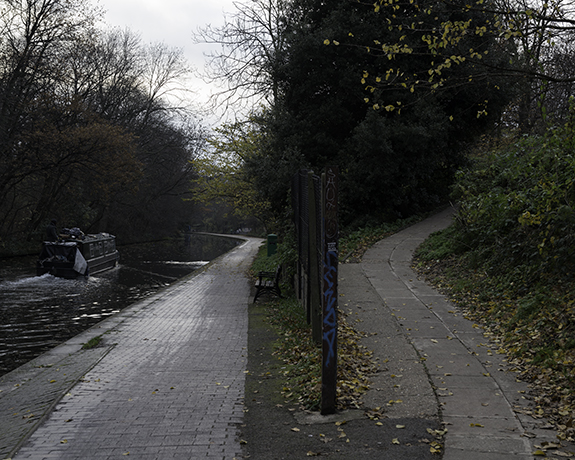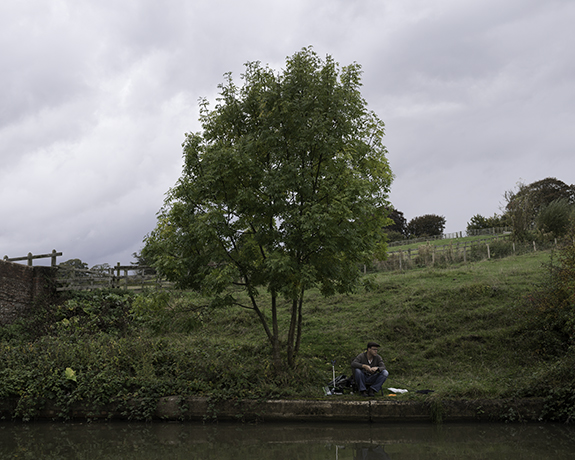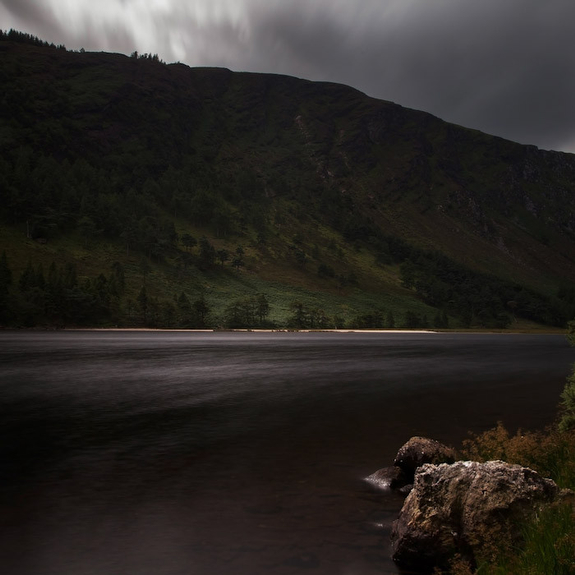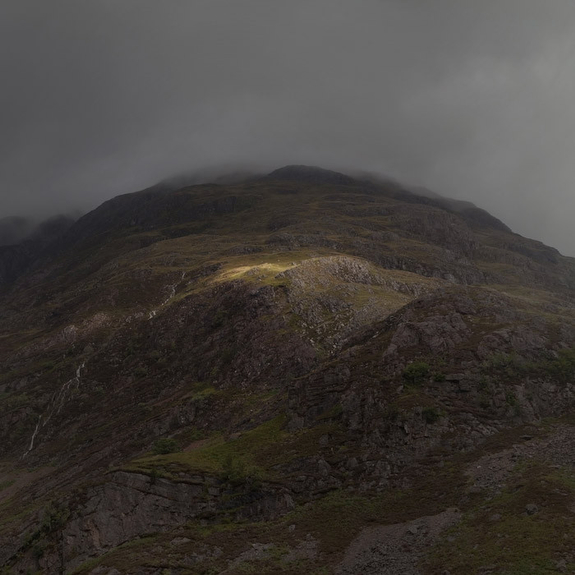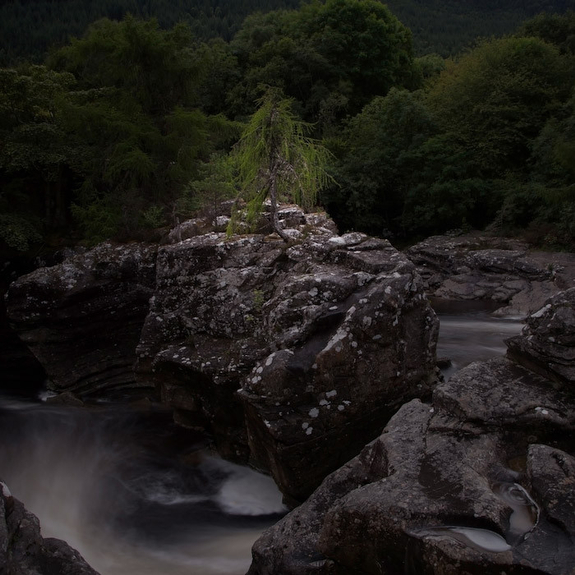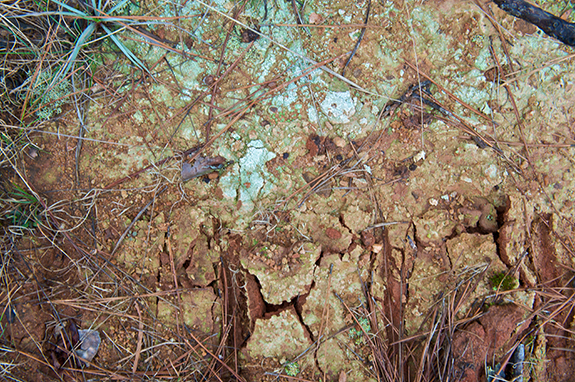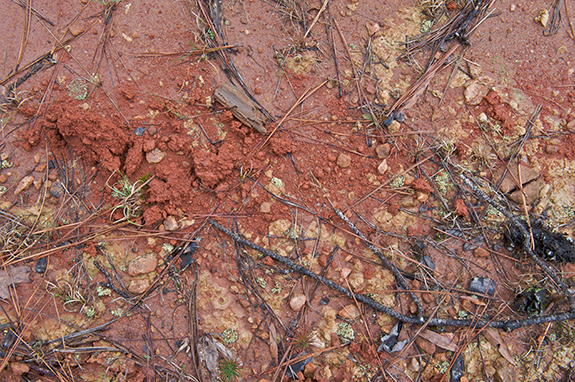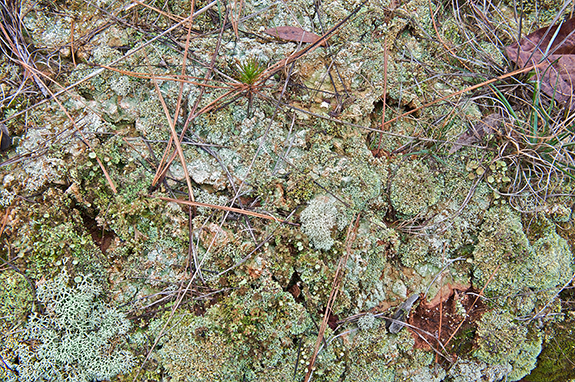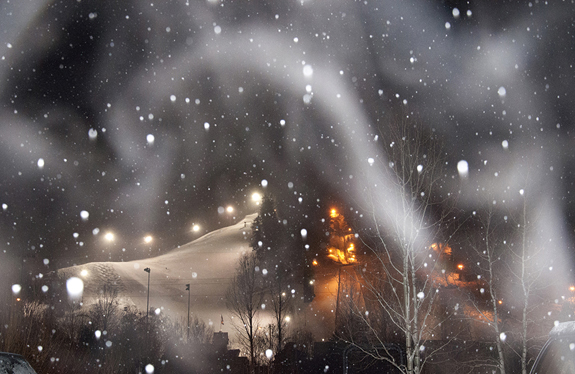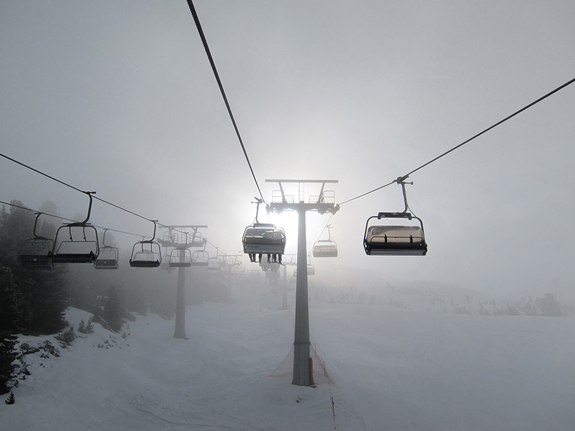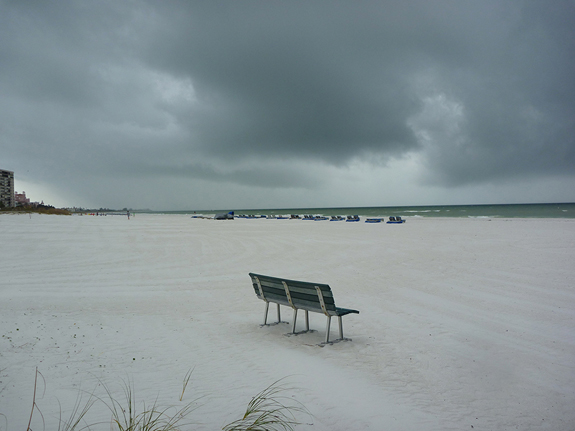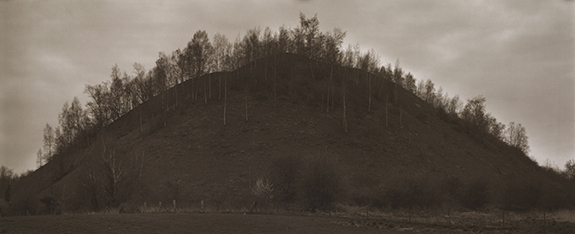
Cette montagne c’est moi
In January 2006 I started to photograph slag heaps in Belgium, France, Germany, Poland and Wales. These mountains are the visual remnants of the coal mining industry. In Europe these black pyramids are the symbols of a vanishing era that began with the industrial revolution and has now evolved into an age dominated by binary code.
For this project I reformulated the 19th-century technique of carbon printing. From every mountain I photographed I took some coal, milled it into a pigment which I used to print the negatives. Various shades of browns and blacks reflect the specific constitution of the slag heaps. The almost uniform shapes of these landscapes are translated into a highly individual approach. In this work object and subject, mountain and photograph, have become one. The photographs show us the socio-political reality of the last 100 years. They reflect the changing relationship between man and his environment in such a way that mind and matter are closely tight together.
— Witho Worms, Amsterdam, Netherlands
